Are the flowers on your wallpaper growing? Is your bathtub turning pink? Are you suffering from allergies even though it’s winter? If so, your home may be under attack from mold lurking in the basement, underneath sinks, behind the walls, in the ductwork or even under the carpet.
Arm yourself with gloves, a flashlight and a mask, and follow these recommendations from University of Georgia Cooperative Extension to eliminate mold in your home.
The presence of mold can decrease indoor air quality, which can cause allergic reactions and affect your respiratory system. Symptoms such as watery eyes, sneezing and a runny nose are often the first indicator of a mold problem. Without knowing it, many of us live in homes that promote the growth of molds.
Mold is attracted to warm, damp areas like crawl spaces, bathrooms and attics. An unbalanced level of moisture in the home leads to mold growth.
To prevent the growth of mold in your home, eliminate the source of moisture. Temperature is an important element in controlling moisture. The temperature directly influences the amount of water vapor in the air. Warmer temperatures increase the likelihood of mold growth.
The moisture transfer rate is the movement of water vapor in and out of the home. Close air leaks and weatherize your home before you install insulation to improve the moisture transfer rate.
The circulation-ventilation rate promotes circulation in your home and prevents moisture saturation in a single area. Improve circulation by installing a heating, ventilation and air conditioning (HVAC) system or simply by placing a few fans in a room.
When mold invades your home, you may want to test it, but that’s not necessary. If it looks like mold and smells like mold, it’s probably mold. Save the money you’d spend on testing and use it to help solve your moisture problem.
Follow these steps to control mold:
Step 1: Fix your moisture problem. Simply put, mold cannot grow without moisture. In addition to checking leaks in the roofing and plumbing and inadequate venting in the kitchen or bathroom, consider managing your external water sources. In a perfect world, all homes would sit on a hill that allows water to drain away from the foundation. But homes are often built on a slope or flat area and continue to shift over time, which can lead to drainage problems. Regularly inspect your foundation, gutters and drainage system.
Step 2: Control your household humidity. Everyday activities like bathing and cleaning contribute to household humidity. Humidity can be managed with devices like dehumidifiers and exhaust fans, and by actions like washing full loads of clothes and opening windows. However, Georgia’s climate is humid, so opening windows may contribute to the problem. Beware of dehumidifiers. They can generate heat, which produces more moisture. If your dehumidifier produces heat, make sure to vent it outdoors.
Step 3: Ventilate. Attics, crawl spaces and some basements require ventilation. Your attic should have inlet vents to allow cool air in and should release hot air through a ridge vent. Vents in crawl spaces should be close to each corner and 8 inches from the top of the foundation.
We cannot prevent moisture in our environment, but we can control it. Increased rainfall brings excess moisture. Consider these steps to prevent mold growth in your home.

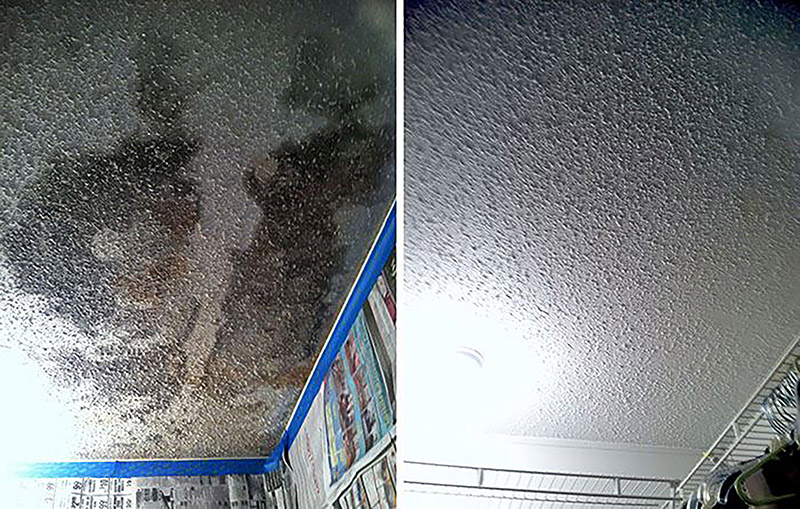
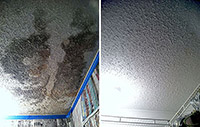

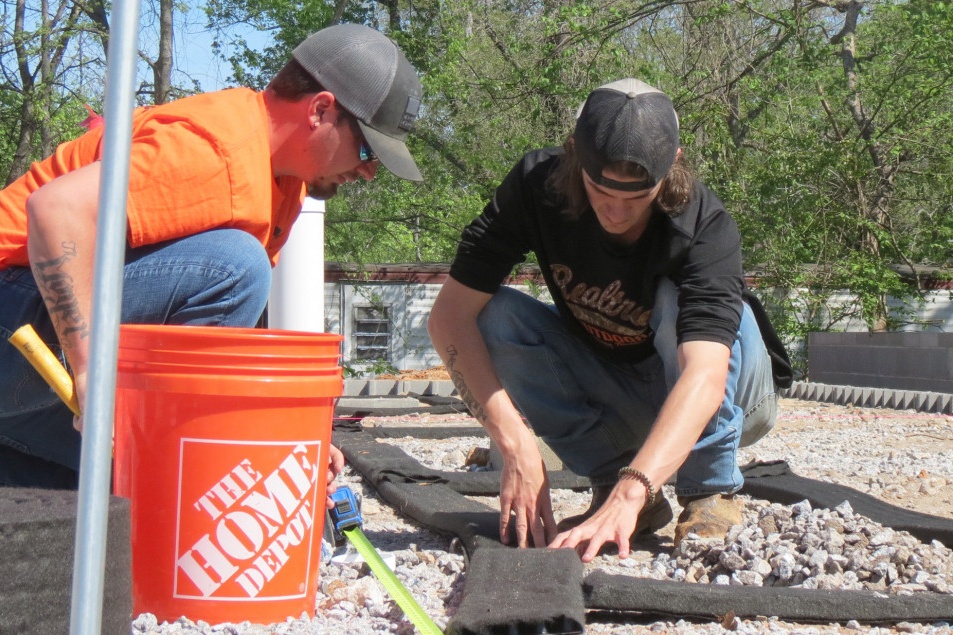
.png)
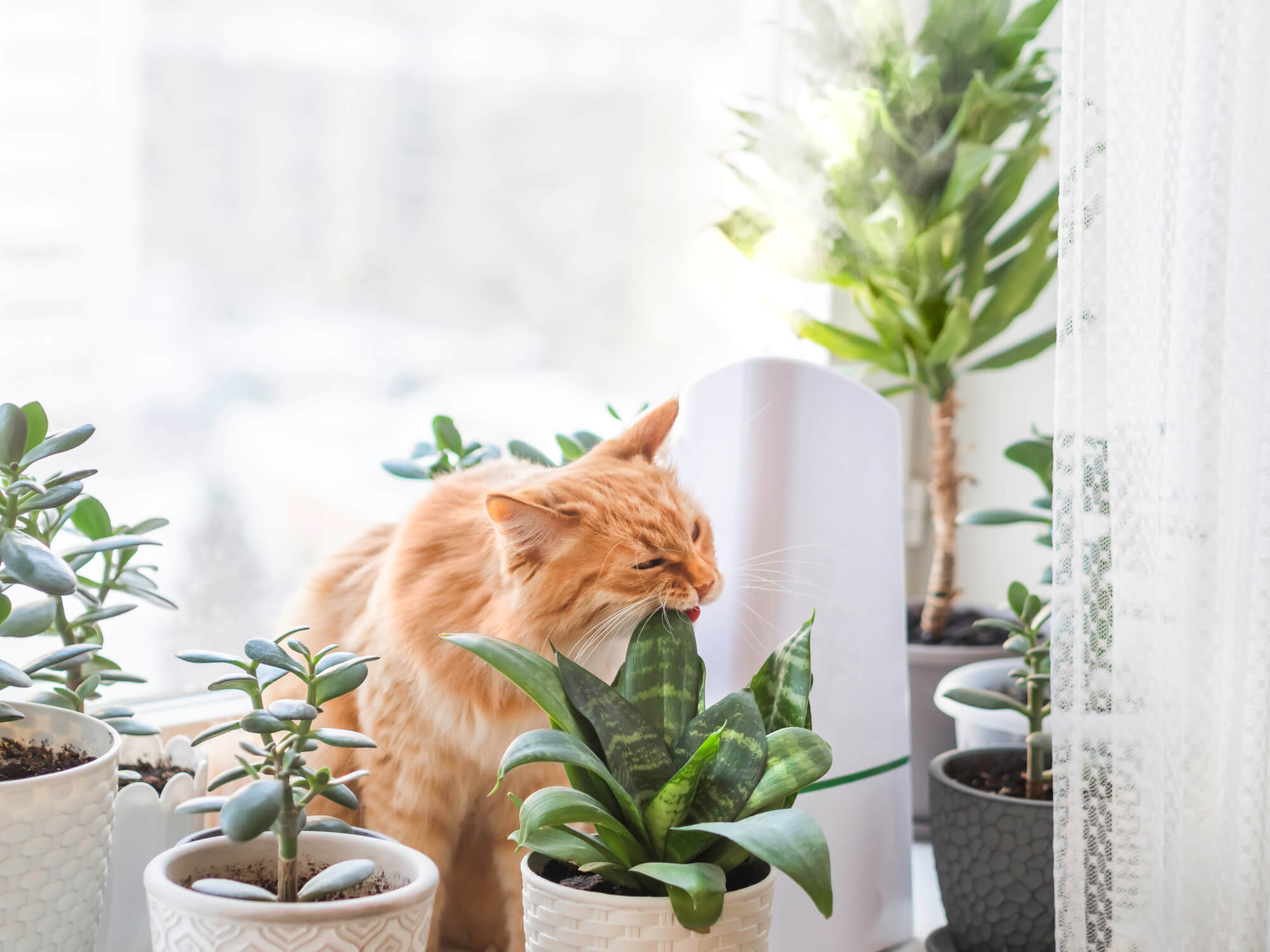
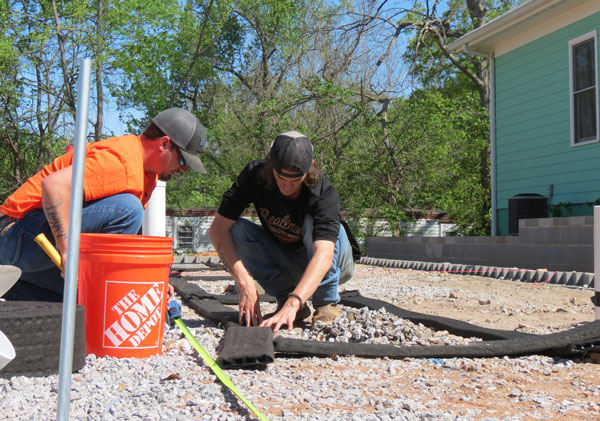
.png)